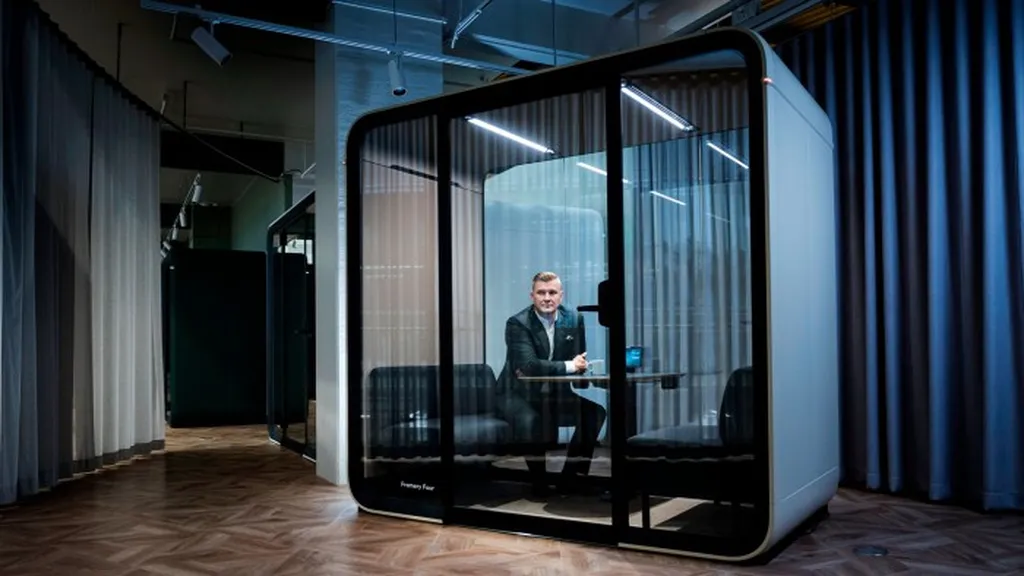In the wake of the pandemic, the lines between work and home have blurred, challenging the very essence of what our dwellings are designed to be. A recent study published in the journal *Buildings & Cities* (translated from Finnish as “Cities and Buildings”) by Essi Nisonen from the School of Architecture at Tampere University sheds light on why our homes seem increasingly unfit for the demands of remote work. The research delves into the spatial and conceptual boundaries that have evolved over time, rendering our homes rigid and ill-equipped to accommodate the fluidity of modern work life.
Nisonen’s interdisciplinary literature review, illustrated with example homes, explores the historical shifts in our conceptions of work and home. “The development of housing throughout the 20th century reflects broader societal attitudes towards ‘work’ and ‘home,'” Nisonen explains. “Functions in homes have blended together fluidly, making spatial separation difficult to achieve.” This spatial rigidity forces dwellers to constantly manage physical, temporal, and social boundaries, a practice often found tiring and challenging.
The study highlights that the traditional spatial logic of the home supports or hinders inhabitants’ everyday life, which increasingly includes working from home. Nisonen points out that inhabitants experience difficulties when integrating work into the spaces and functions of their homes. “Managing the physical, temporal, and social boundaries between work and ‘life’ is a continuous struggle,” she notes.
So, what does this mean for the future of home design and the energy sector? Nisonen proposes key design approaches to reintroduce fluidity in the spatial logic of the home. These include avoiding precise labeling of spaces, creating nooks of diverse sizes, ensuring versatile and adaptable connections between spaces and functions, and avoiding overlap of circulation space with other spaces. These design approaches not only support working from home but also increase the adaptability and resilience of homes.
For the energy sector, this research could have significant commercial implications. As homes become more adaptable and resilient, there is a growing opportunity to integrate smart energy solutions that cater to the dynamic needs of modern living. Energy-efficient designs, flexible heating and cooling systems, and smart home technologies can all play a crucial role in supporting the evolving spatial logic of the home.
Nisonen’s research underscores the need for a paradigm shift in home design, one that embraces the fluidity of modern work life. As we move forward, the integration of smart energy solutions will be essential in creating homes that are not only adaptable but also sustainable. The insights from this study could shape future developments in the field, paving the way for homes that truly support the diverse needs of their inhabitants.

